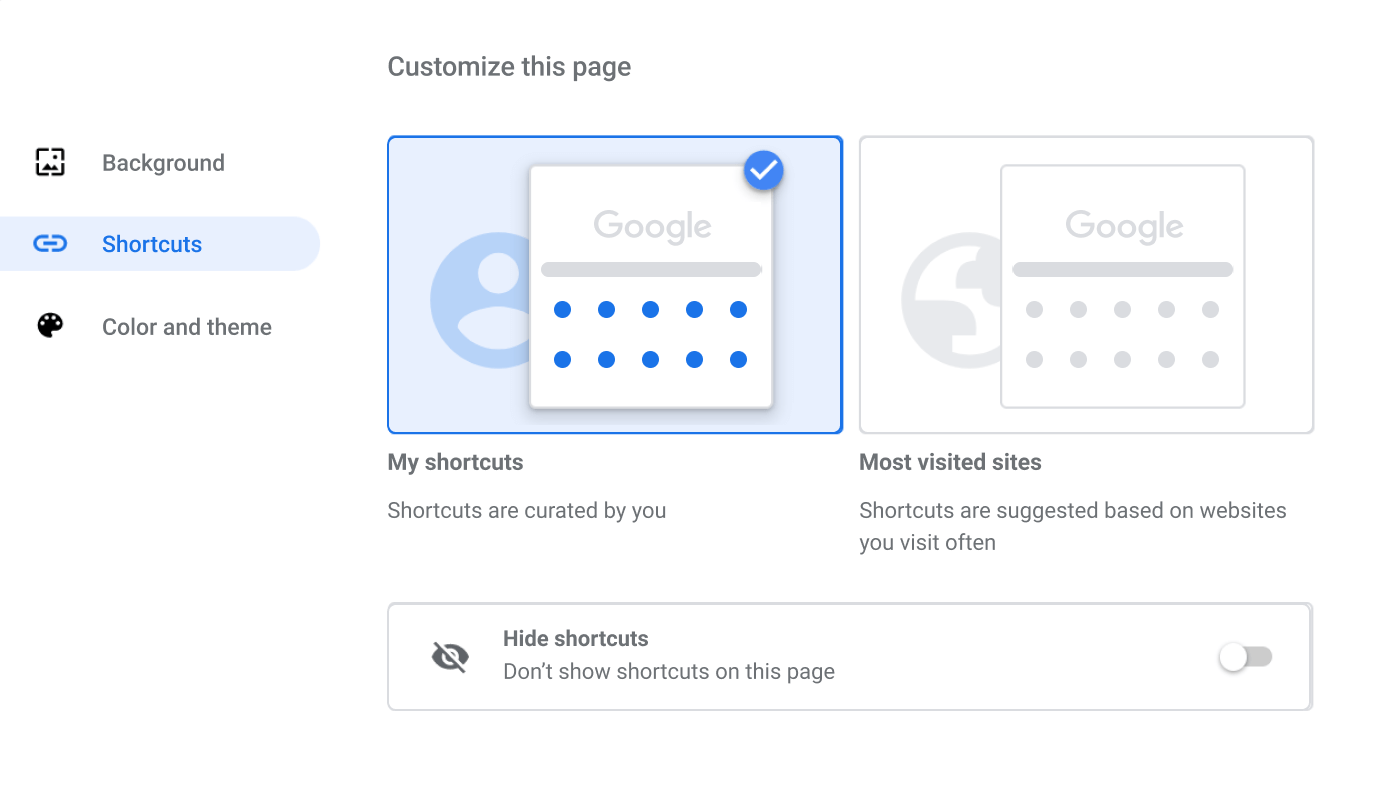
If everything worked as intended, you’ll now see the standard OS X print window instead of the Chrome print window. Now, navigate to the document or website you’d like to print, and press Command-P on your keyboard to launch the print dialog. You won’t receive any sort of confirmation if the command was entered correctly, so just close Terminal and relaunch Chrome. In Terminal, enter the following command and press Return on your keyboard: defaults write DisablePrintPreview -bool true Then, launch Terminal from the Macintosh HD/Applications/Utilities folder (or by searching for it with Spotlight). First, completely quit Chrome, including any open Chrome apps. To obtain a more consistent OS X experience, you can force Chrome to use the default OS X print window with a quick trip to Terminal.
#CHROME SHORTCUT FOR BACK MAC MAC#
This is great if you use Chrome on a number of devices and want to maintain the same look and feel when printing or creating PDFs, but if you’re primarily a Mac user, the Chrome print window clashes with the default OS X print dialog used by just about every other application. Recent versions of the Google Chrome browser introduced a unified print dialog that offers the same design and functionality between the Windows, OS X, and Chrome OS platforms.
#CHROME SHORTCUT FOR BACK MAC INSTALL#
You can provide a more robust end user experience by anticipating this possibility and checking for collisions at install time.How to Force Chrome to Use the Standard OS X Print Window If an extension attempts to register a shortcut that is already used by another extension, the second extension's shortcut will not register as expected. Key combinations that involve Ctrl+Alt are not permitted in order to avoid conflicts with the AltGr key. Media Keys– MediaNextTrack, MediaPlayPause, MediaPrevTrack, MediaStop Modifier key stringsĬtrl, Alt, Shift, MacCtrl (macOS only), Command (macOS only), Search (Chrome OS only) General– Comma, Period, Home, End, PageUp, PageDown, Space, Insert, Delete Attempting to load an extension with an incorrectly cased key will result in a manifest parse error at installation time. The following keys are usable command shortcuts. The user can manually add more shortcuts from the chrome://extensions/shortcuts dialog. Descriptions are required for standard commands, but are ignored for Action commands.Īn extension can have many commands, but may specify at most four suggested keyboard shortcuts. This string appears in extension keyboard shortcut management UI. descriptionĪ string used to provide the user with a short description of the command's purpose. See Key combination requirements for additional details. Pressing the key combination again opens the 2nd tab.


Say you switched to the 7th tab from the 2nd tab, this shortcut takes you back to the 7th tab. There’s an extra advanced tab navigation hotkey for Mac: Control + Backquote ( ) lets you alternate between the current and previous tab. When providing platform-specific shortcuts, valid object properties are default, chromeos, linux, mac, and windows. This works on Mac, Windows, and Linux devices. This property can either take a string or an object value.Ī string value specifies the default keyboard shortcut that should be used across all platforms.Īn object value allows the extension developer to customize the keyboard shortcut for each platform. suggested_keyĪn optional property that declares default keyboard shortcuts for the command. The property key is used as the command's name. Each command an extension accepts must be declared as properties of the "commands" object in the extension's manifest. The Commands API allows extension developers to define specific commands, and bind them to a default key combination. You must have a "manifest_version" of at least 2 to use this API.


 0 kommentar(er)
0 kommentar(er)
